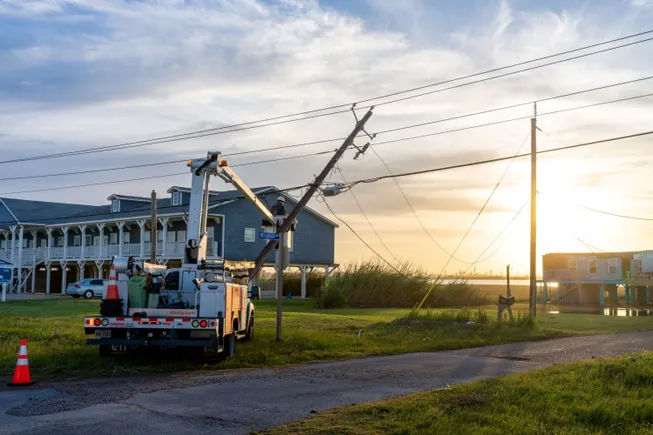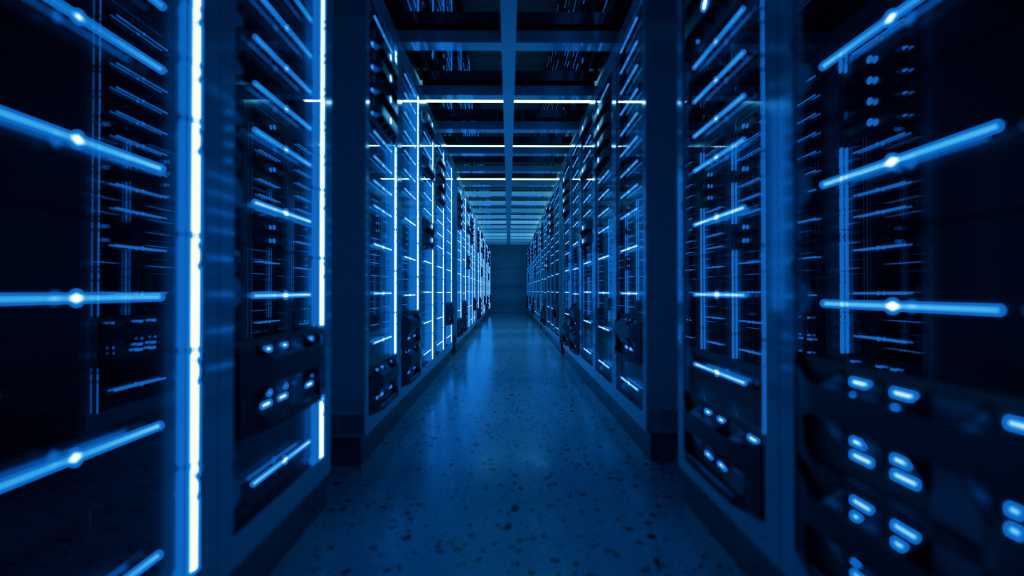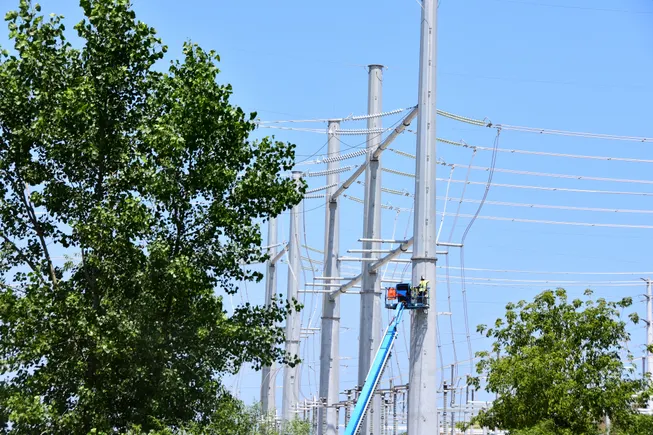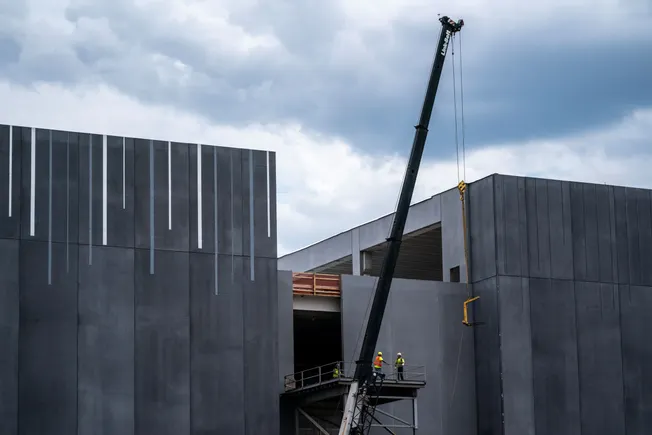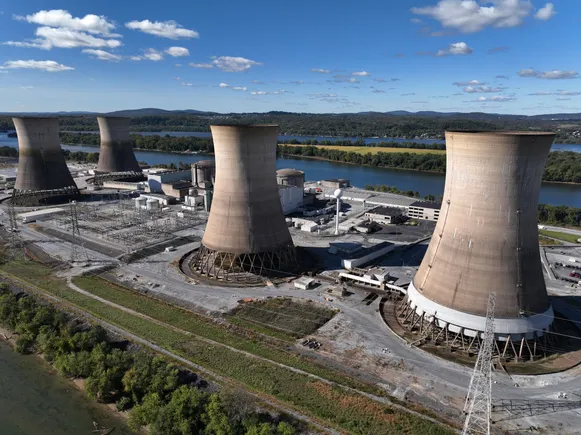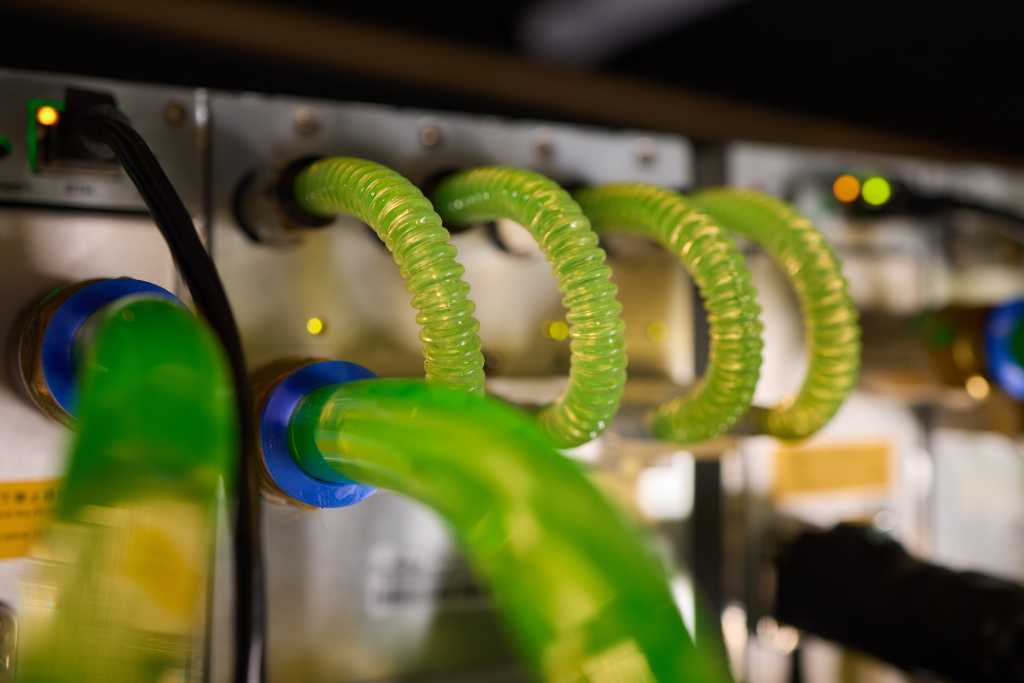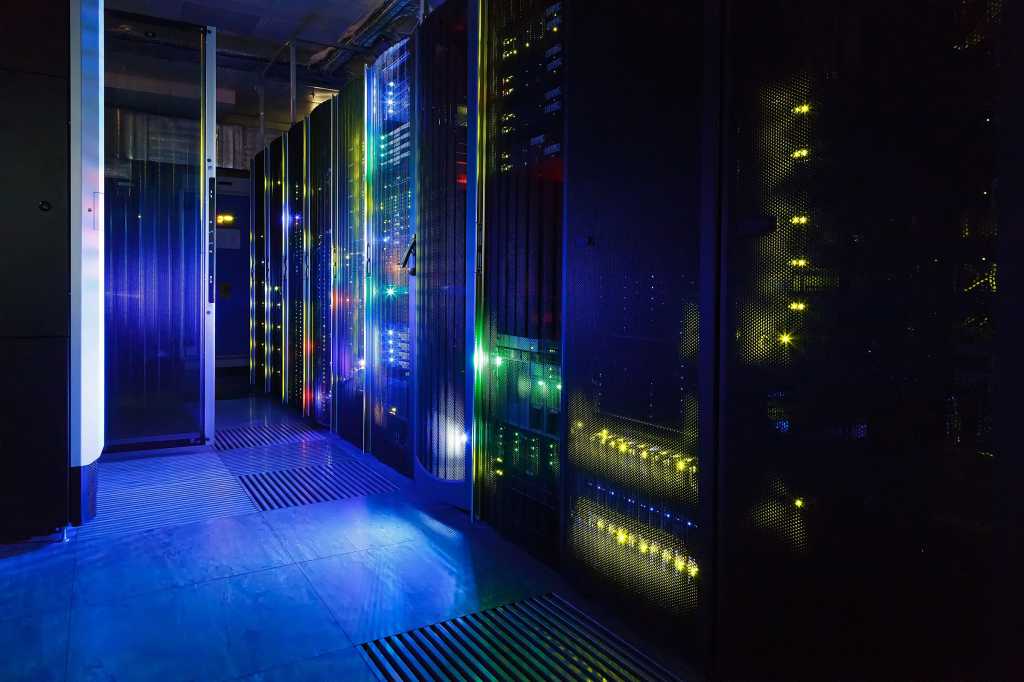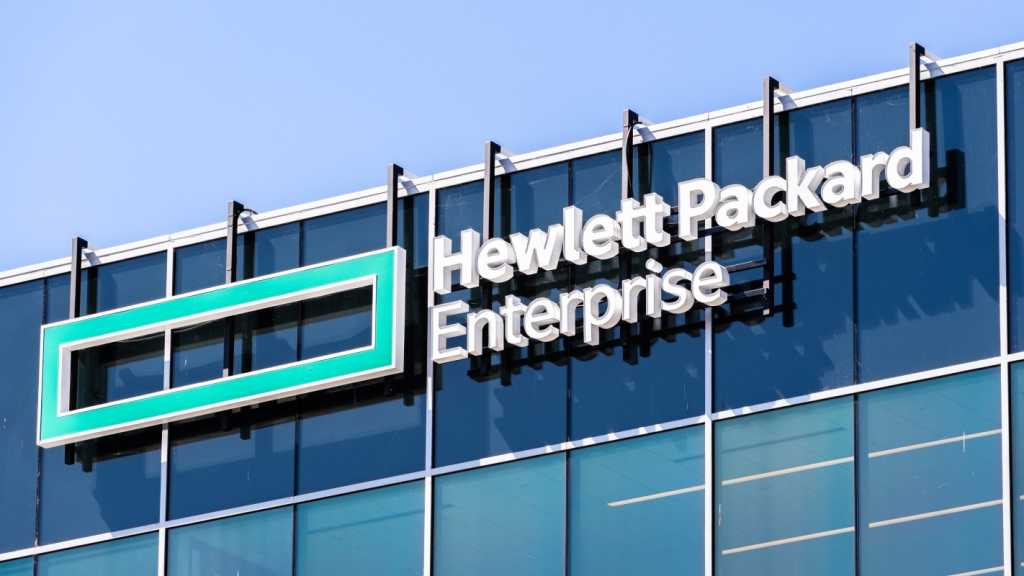
AI has the potential to revolutionize how we manage the grid, marking a transformative shift in how utilities optimize operations, enhance reliability, and meet evolving consumer demands. Through the deployment of AI-driven algorithms and predictive analytics, utilities can anticipate grid dynamics, optimize energy flows, and proactively address challenges in real time. The integration of AI with cloud infrastructure further enhances efficiency and performance, enabling utilities to leverage vast amounts of data from diverse sources, including weather data, edge data, and advanced metering systems (AMS).
By leveraging machine learning and analytics to merge and assess data streams and sensored information, utilities can unlock new levels of efficiency and performance. The challenges of our power needs are so complex that a system will be best utilized to process the various permutations and uncertainties; this will need to be a highly sophisticated predictive tool, but if properly developed it can enhance grid equipment lifespans, apply data-driven decision making, identify issues quickly, and reduce unplanned downtime.
Utilities are increasingly recognizing the importance of leveraging AI to gain intimate insights into their customers’ energy needs and behaviors, allowing them to prepare for future power demands effectively. From improving customer experiences through innovative applications to reimagining day-to-day operations with self-healing grid technology, utilities are embracing AI to drive digital transformation and move beyond their traditional roles. This data-driven approach not only optimizes grid performance but also enhances customer experiences and drives digital transformation within the industry.
Strategic Grid Planning for Looming Demand
Part of the planning that worries them most is not just how to supply power to more data centers. At least data centers clue our local utilities in on our upcoming needs. Electric vehicles are altogether unpredictable, except for areas that have seen regulatory timelines enforced. They also tend to flock together, with charging stations handling many at a time. More than just consumer use, they have potential fleets being converted in bulk.
The proliferation of electric vehicles as well as data centers presents both challenges and opportunities for grid planners. Word on the street is that electrification of the transportation market will double energy usage in 10 years and lead to an 800% increase over the next 20 years. That’s the load that has them most worried, and calculating how many electric vehicles they can handle. They need to get uncomfortably close to what consumers and businesses are going to want in the future to predict and plan for this demand.
Strategic grid planning is essential to accommodate the surge in electricity demand while ensuring reliability and stability. Utilities are exploring innovative solutions such as smart charging infrastructure, vehicle-to-grid integration, and energy storage to manage peak demand and optimize resource utilization. With the exponential growth of EVs and data centers, grid planning has never been more critical. We must invest in scalable and resilient infrastructure to support this electrified future.
Embracing the Grid Edge and Prosumer Movement
The emergence of the prosumer movement and the evolution of the grid edge are reshaping the traditional utility-consumer relationship, transforming consumers from passive recipients to active participants in the energy transition. This shift is driven by the proliferation of rooftop solar, home energy storage, and distributed energy resources (DERs), highlighting the importance of grid-edge innovations and community energy initiatives.
Consumers are no longer merely consumers; they are prosumers actively shaping the energy landscape. Utilities must adapt to this transformation and empower consumers to become active stakeholders in the energy transition. At the grid edge, where consumers interact directly with energy systems, better data quality, validity, and granularity are achieved, leading to low latency, high reliability, and scalability. This proximity to data sources enables predictive infrastructure and empowers citizens to be part of the solution.
The path to edge intelligence involves various components, including metrology for energy, demand, and power quality, as well as anomaly detection for outage, temperature, loose neutral, and tampering. Despite existing limitations in edge technology, such as firmware-driven systems and communication bottlenecks, rapid advancements in hardware, communication protocols, and software are driving progress. Software deployed at the edge is customizable, agile, and driven by an application mindset, leveraging more advanced algorithms, especially in machine learning.
Overcoming challenges at the edge requires leveraging technologies that enable robust networks capable of making informed decisions and identifying various devices, such as EVs, solar panels, batteries, and pump controls. This necessitates funneling and utilizing data effectively to empower consumers to make informed energy decisions and optimize energy usage. Despite the complexities introduced by IP addresses and evolving technologies, the focus remains on enabling consumers to actively participate in the energy transition while ensuring the reliability and scalability of grid-edge solutions.
Renewable Energy Integration
Renewable energy integration is driving a significant transformation in the energy landscape, with solar and wind power playing increasingly prominent roles in the generation mix. Utilities are investing in renewable energy infrastructure, grid-scale energy storage, and innovative grid-edge technologies to maximize the potential of renewables and reduce carbon emissions.
With sustainability at the forefront of efforts, integrating renewable energy sources into the grid and leveraging advanced technologies are seen as crucial steps toward achieving environmental goals while ensuring reliability and affordability for customers. Last year, 84% of new installed capacity was renewables and storage, marking a substantial shift in the generation mix. Demand response, accounting for 60% of capacity, is becoming increasingly significant.
Orchestrating the energy transition requires flexible resources and demand-side capabilities, with virtual power plants (VPPs) emerging as cost-effective solutions. However, managing the transition poses challenges, particularly in forecasting net load, VPP capabilities, and battery capacity at scale. Artificial intelligence and machine learning are key applications that can help the industry navigate these transitions and keep moving forward.
Some companies are exploring off-grid solutions due to frustrations with traditional electricity networks. Off-grid technology, once frowned upon, is now considered a necessity for certain operations. Companies like Microsoft and Google are exploring options such as small nuclear plants and zero-emissions fusion power to power energy-intensive operations, although regulatory and land acquisition challenges remain significant hurdles in this endeavor.
Fostering Innovation and Scalability
In the midst of rapid change, utilities are recognizing the critical importance of innovation and scalability in navigating the evolving energy landscape. By fostering a culture of innovation, establishing strategic partnerships, and prioritizing scalability, utilities can unlock new opportunities for success and drive significant progress towards a smarter, more resilient grid.
To meet the challenges of tomorrow, it is essential to invest in cutting-edge technologies and scalable solutions. This proactive approach enables utilities to pioneer the power grid of the future while delivering tangible value to customers and communities alike.
As electrification continues to grow rapidly and new technologies emerge, such as nuclear energy, utilities are embracing innovative projects to enhance reliability and resiliency. For instance, there are some pretty cool utility-driven projects in my local area I’ve been following: Duke Energy’s floating solar project in South Florida and residential battery installations in neighborhoods like Hunter’s Creek exemplify the shift towards cleaner, more resilient energy solutions. Additionally, initiatives like the 100% green hydrogen project in DeBary, FL highlight the ongoing efforts to integrate renewable energy sources and drive sustainability forward.
Not Your Grandparents’ Power Grid
The pulse of energy shapes our present and affords our future. The job to be done itself has not changed over time: people need light and power. What has changed is the complexities that utility providers must navigate in the modern energy landscape: the convergence of AI, EV integration, grid-edge innovations, renewables, and scalable solutions are reshaping the trajectory of the power grid. By embracing these key themes and driving meaningful progress in each area, utilities can unlock new opportunities for growth, sustainability, and resilience, propelling the power grid into a new era of innovation and prosperity.

